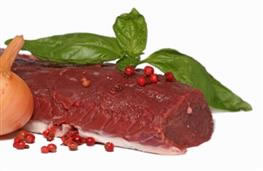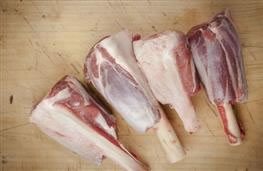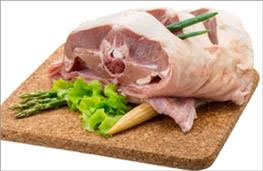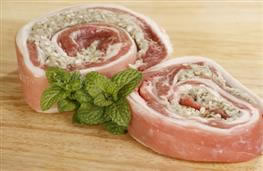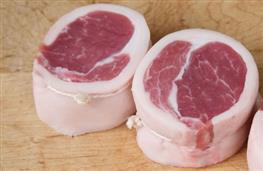Fats
Health benefits of Fats:
Fats are key components of your cell membranes, protect your nervous system and are a rich source of energy. Some of them can also improve the health of your heart.
The Worlds Science
What is fat?
Fats are macromolecules (large) composed of multiple ‘fatty acid’ subunits. Depending on the chemical structure of these subunits, fats are grouped into four broad categories. The names derive from how many ‘double bonds’ there are connecting the carbon atoms in each fatty acid chain.
- Monounsaturated: found mostly in olive oil and nuts. These fats contain only one ‘double bond’.
- Polyunsaturated: found in fish, nuts and some vegetable oils (e.g. sunflower oil). These fats contain multiple ‘double bonds’. There are two ‘essential’ fatty acids (‘omega 3’ and ‘omega 6’), both of which are polyunsaturated. ‘Essential’ fatty acids cannot be synthesised by the body and must therefore be consumed in the diet.
- Saturated: found mainly in animal products (e.g. meat and cheese) but are also found in plant products (e.g. coconut and palm oil). These fats contain no ‘double bonds’ at all.
- Trans fats: Some mono and polyunsaturated fats are ‘hydrogenated’. These fats exist in nature but in the human diet they are more commonly encountered in processed food products such as margarine. The process of ‘hydrogenation’ converts these fats from the ‘cis’ to the ‘trans’ form to produce what are commonly referred to as ‘trans-fats’1.
Why does it matter to me?
The presence and type of fat and in the diet has been controversial for many decades. However, almost all fats are a crucial and valuable component of the diet and serve many vital biological functions.
Main Biological Functions
These include building cell membranes (the exterior envelope of the cells), and the formation of the structure surrounding nerve cells (the myelin sheath) that makes neural transmission possible which is vital all brain functions such as perception and thinking.
Fats also aid the absorption of the fat-soluble vitamins A, D, E, and K and are also necessary for the absorption of other nutrients and phytochemicals from fruits and vegetables
Fat also fills fat cells (adipocytes) that provide a reservoir of energy needed for use in times of fasting or when food is very scarce.
Adipocytes also insulate the body to maintain the correct body temperature.
Fats are also involved in food palatability and they prevent the use of body proteins (muscle) as an energy source2.
Mono-unsaturated Fats (MUF)
The first suggestion that MUF are associated with beneficial effects upon the heart comes from the ‘Seven Countries Study’ in the 1960s. In this multicentre study it was observed that, after World War II, people from Greece, and other parts of the Mediterranean basin, had a low frequency of heart disease, despite the high fat intake of the diet.
The major source of fat in their diet came from olive oil, which is rich in MUF, as opposed to saturated animal fat, commonly consumed in nations with higher rates of heart disease. This is now commonly referred to as a ‘Mediterranean diet’ (MD).
Foods typical of the MD include fresh vegetables and fruit, nuts, legumes, whole grains, herbs and seed, eggs, red wine with meals, and infrequent consumption of meats3.
.
A large clinical trial from Spain found that a MD, containing nuts and extra-virgin olive oil and optimal sources of MUF, reduced heart attacks and strokes, when compared with a lower fat diet containing a higher proportion of carbohydrate4.
A large clinical trial from Spain found that a MD, containing nuts and extra-virgin olive oil and optimal sources of MUF, reduced heart attacks and strokes, when compared with a lower fat diet containing a higher proportion of carbohydrate4.
Polyunsaturated Fats (PUF)
The most common PUFs are omega-6 (linoleic acid), omega-3 (alpha-linolenic acid), derived principally from plants and vegetable oils (e.g. flaxseeds, nuts, sunflower oil) and omega 3EPA/DHA mainly derived from oily fish.
Omega 3 and 6 are both are essential, which means that they are necessary for normal physiology, but the body can’t make them. Thus, they must be consumed with food. This is in contrast with monounsaturated and saturated fat that can be created in the liver.
There is considerable evidence from a range of studies that high PUF and MUF intake will have a beneficial effect upon the health of the heart by reducing the risk of suffering from cardiovascular disease5.
Saturated Fats (SF)
SF, which are solid at room temperature, are common in the diet because they are present in a wide variety of dissimilar foods. Therefore, it is likely that their effects upon health are extremely diverse.
One effect of SF is to influence the levels of cholesterol in the body. There two main forms of cholesterol which are ‘LDL’ and ‘HDL’. LDL is often referred to as ‘bad’ cholesterol whereas HDL is often referred to as ‘good’ cholesterol.
LDL is called ‘bad’ because it can accumulate inside the walls of arteries and therefore increase the risk of atherosclerosis (narrowing of the arteries) which can result in a heart attack. SF increases the levels of LDL and therefore has also been linked to the development of heart disease6.
However, some studies have shown that SF may increase the levels of HDL which has the opposite effect7.
SFs contrasting effects have produced much debate about the benefit of including or avoiding foods containing saturated fat in a healthy diet. This is a debate that continues today.
Trans fats (TFA)
TFA are produced by the food industry, largely for commercial reasons of price, shelf stability and product consistency. However, in the early 1990’s a number of observational studies revealed that TFA produced negative effects upon cardiovascular health.
Specifically, it was demonstrated that they are one of the major causal elements in the development of atherosclerosis (narrowing of the arteries) and other forms of heart disease8. Indeed, TFA are now banned in several countries including the USA, Denmark and Switzerland.
The WHO declared in 2018 that all countries should seek to do the same by 20239. The UK has not yet followed this advice9.
Summary
The best current advice is to increase your intake of monounsaturated fats from olive oil and nuts, and increase your intake of polyunsaturated fats from fish, nuts and seeds. Do not worry to worry too much about saturated fats as they can have health benefits. In contrast, avoid hydrogenated trans-fats completely if you can. If not, keep your consumption of them to a minimum.
Review date: 1/12/2024
Next review date: 1/10/2025
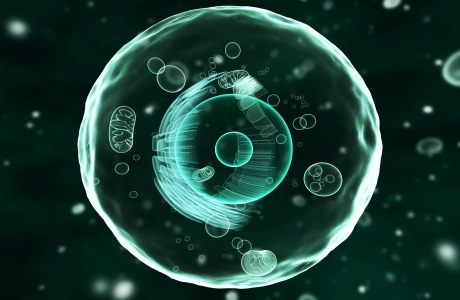
291
445
https://www.checkyourfood.com/content/blob/Micronutrients/top-foods-for-Fats.jpg
Top 6 ingredients for Fats taking into account portion size and cooking retention factors
Filter ingredients by:

 About nutrients
About nutrients
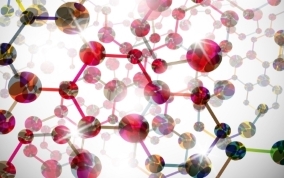 All nutrients
All nutrients
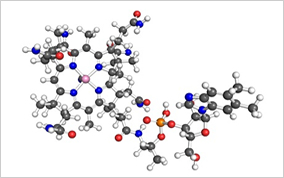 vitamins
vitamins
 minerals
minerals
 phytochemicals
phytochemicals
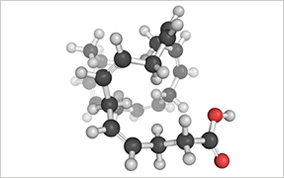 fatty acids
fatty acids
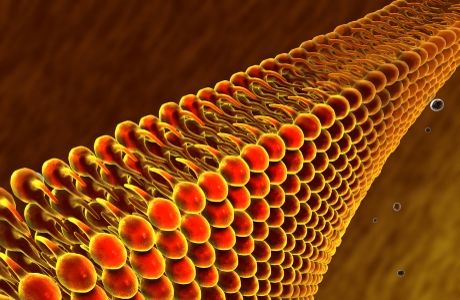 macronutrients
macronutrients
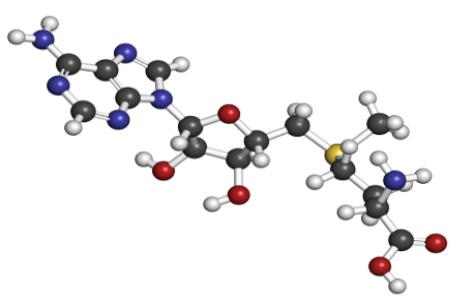 amino acids
amino acids

